How to Transition as an Older Adult
Transitioning as an older adult involves several steps, from social to medical changes. Here’s a guide to help you navigate the process:
1. Self-Exploration and Acceptance
Overview:
Reflect on your gender identity and what it means to you.
Acceptance of your identity is the first crucial step.
2. Seek Professional Support
Overview:
Therapy: Work with a therapist experienced in gender identity issues. They can provide support and guidance throughout your transition.
Medical Professionals: Consult with healthcare providers knowledgeable about transgender health care.
3. Social Transition
Steps:
Name and Pronouns: Start using your chosen name and pronouns in social settings.
Presentation: Adjust your clothing, hairstyle, and other aspects of your appearance to reflect your gender identity.
4. Legal Changes
Steps:
Change your name and gender marker on legal documents like your ID, driver’s license, and social security records.
5. Medical Transition
Options:
Hormone Therapy: Consider hormone replacement therapy (HRT) to develop physical characteristics that align with your gender identity.
Surgeries: Explore gender-affirming surgeries such as top surgery (chest reconstruction) or bottom surgery (genital reconstruction).
6. Community and Support
Importance:
Connect with LGBTQ+ communities and support groups. They provide valuable resources, advice, and emotional support.
Conclusion
Transitioning as an older adult is a personal and unique journey. It involves social, legal, and medical steps tailored to your comfort and needs. Remember, there is no one right way to transition, and support is available at every step.
Contact Moriel Mental Health
At Moriel Mental Health (MMH), we provide compassionate and comprehensive support for transgender individuals of all ages. Our experienced therapists are here to assist you through your journey. Contact us to book an appointment. We work throughout California and are here to support you.

